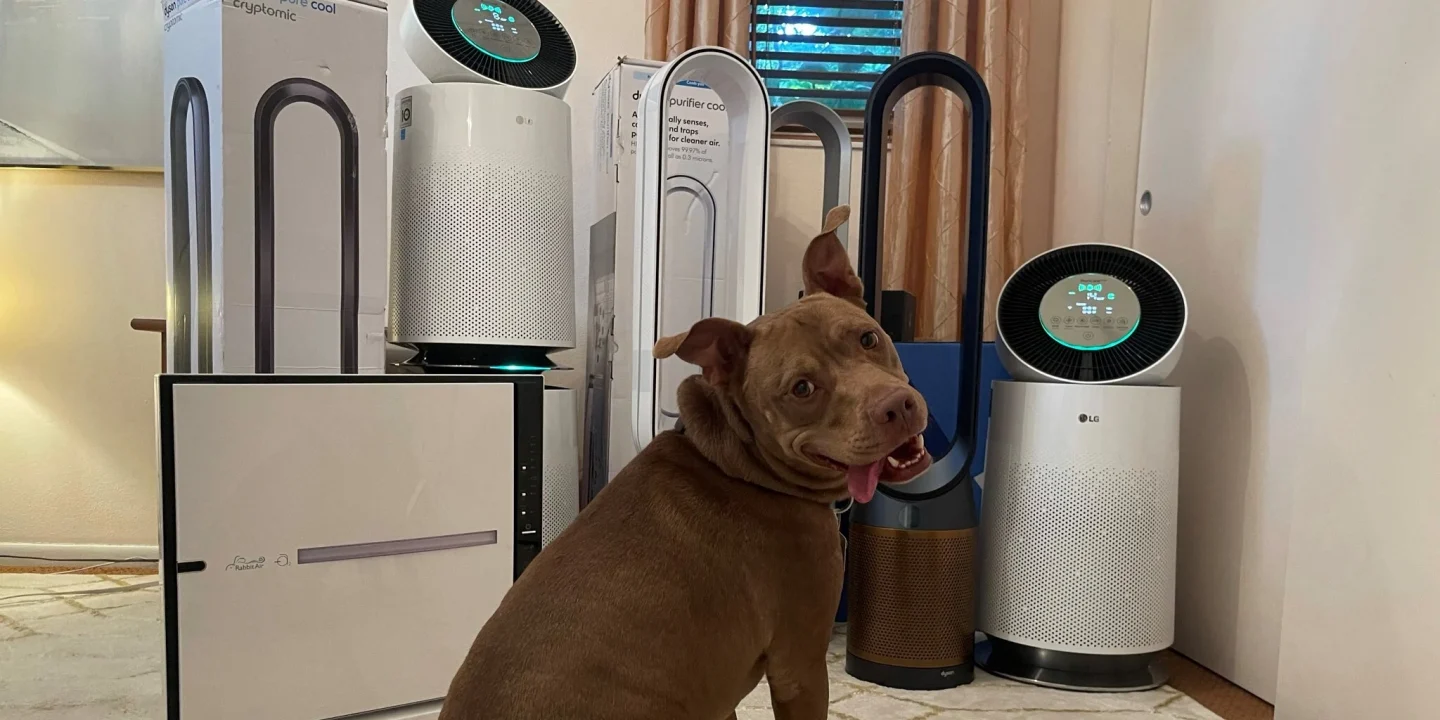
When selecting an air purifier, understanding the technical specifications can significantly enhance your decision-making process. Here’s a guide to the key features and specifications you should consider.
1. Clean Air Delivery Rate (CADR)
The Clean Air Delivery Rate (CADR) measures how quickly an air purifier can clean the air in a specific room size. It is expressed in cubic feet per minute (CFM) and typically includes ratings for smoke, dust, and pollen. A higher CADR indicates better performance. For example, the Coway Airmega AP-1512HH Mighty has a CADR of 246 CFM for smoke, making it suitable for larger spaces.

2. Room Size Compatibility
Air purifiers are designed for specific room sizes, which is crucial for effective air cleaning. Check the manufacturer’s recommendations for the maximum square footage the unit can handle. For instance, the Levoit Vital 200S is effective in rooms up to 375 square feet. Ensure that the purifier you choose matches the size of the room where it will be used.
3. Filter Type and Lifespan
The type of filter used in an air purifier is vital for its effectiveness. Most high-quality air purifiers use HEPA filters, which can capture 99.97% of particles as small as 0.3 microns. Some models also include activated carbon filters to reduce odours and VOCs (volatile organic compounds). Additionally, consider the filter lifespan and replacement costs; for example, the Levoit Vital 200S has a filter life of about 12 months.
4. Noise Levels
Noise levels are an important consideration, especially if you plan to use the air purifier in a bedroom or office. Look for models that operate quietly, typically measured in decibels (dB). For instance, the Blueair Blue Pure 311i Max operates at a noise level of around 53.8 dB on its highest setting, which is relatively quiet for an air purifier.
5. Energy Efficiency
Energy consumption is another critical factor, particularly if you plan to run the air purifier continuously. Look for energy-efficient models, as they will save you money on electricity bills. For example, the Blue Pure 211i Max is noted for its energy efficiency while providing powerful air-cleaning performance.
6. Additional Features
Many modern air purifiers come with extra features that enhance usability:
- Smart Technology: Some models, like the Blueair Blue Pure 211i Max, offer app connectivity for remote monitoring and control.
- Air Quality Sensors: Built-in sensors can provide real-time feedback on air quality, adjusting the purifier’s operation accordingly.
- Multiple Fan Speeds: Having various fan speed settings allows you to customize the air purification process based on your needs.
7. Design and Portability
Consider the design and portability of the air purifier. A lightweight and compact design can make it easier to move between rooms. Additionally, aesthetic considerations may influence your choice, as you might prefer a model that complements your home decor.
Conclusion
Choosing the right air purifier involves understanding its technical specifications and how they align with your needs. By considering factors such as CADR, room size compatibility, filter type, noise levels, energy efficiency, and additional features, you can make an informed decision that enhances your indoor air quality.
Read more on Lifetips.blog













